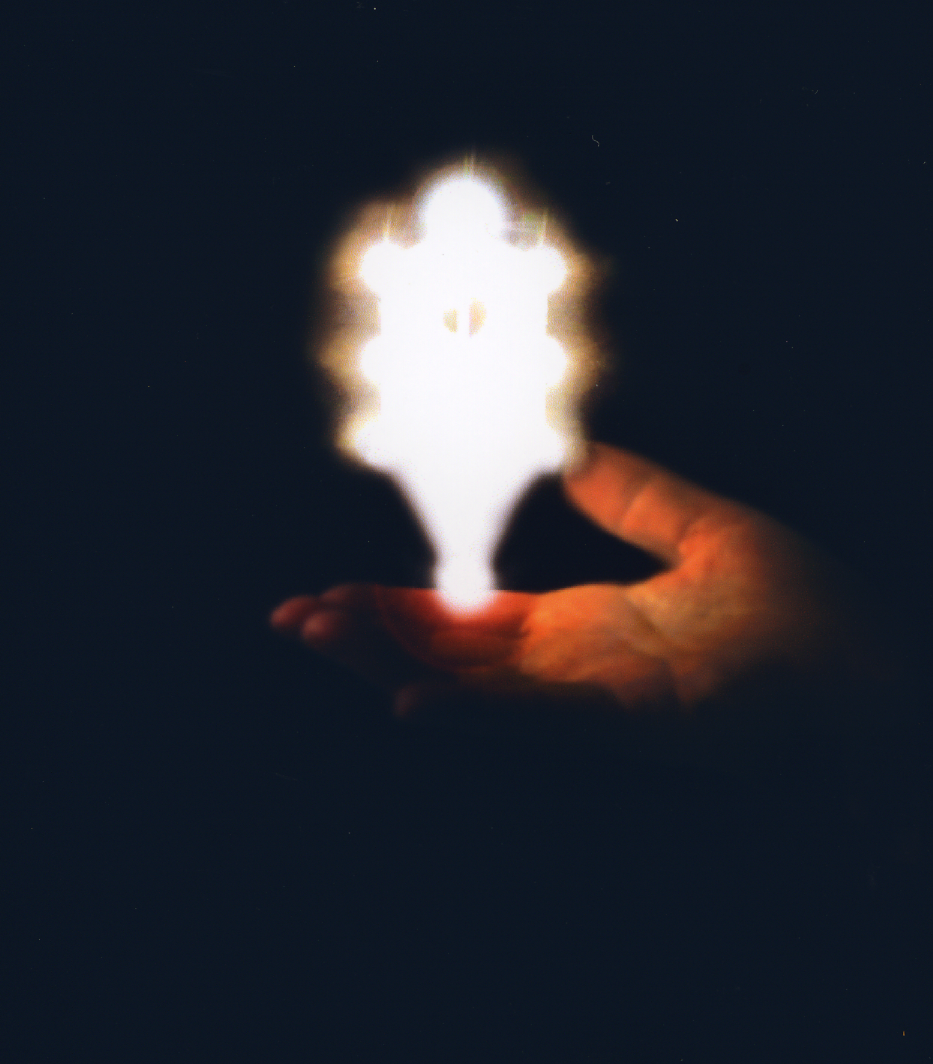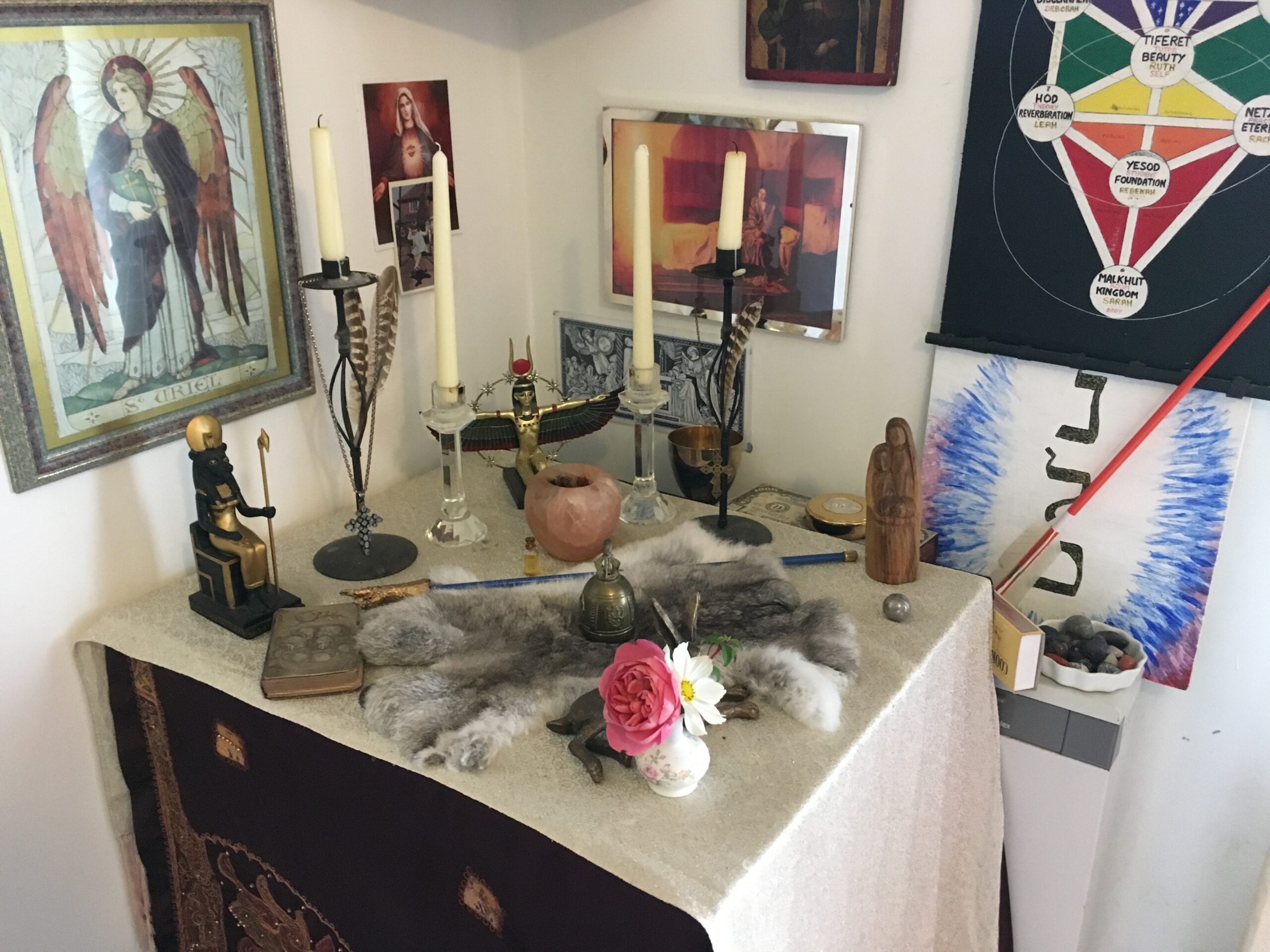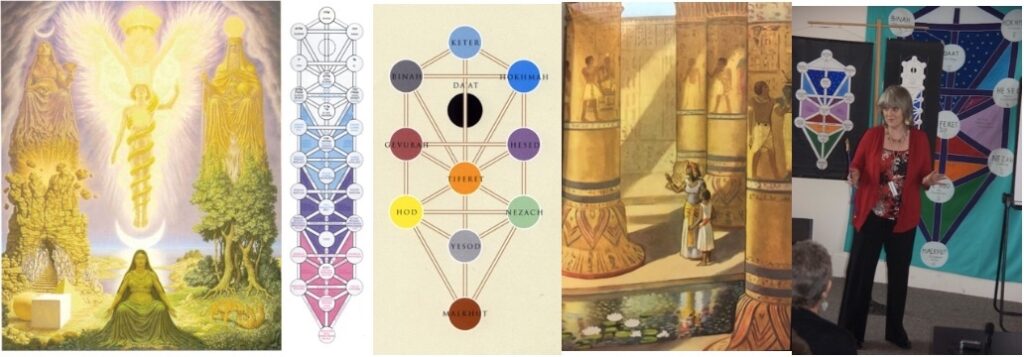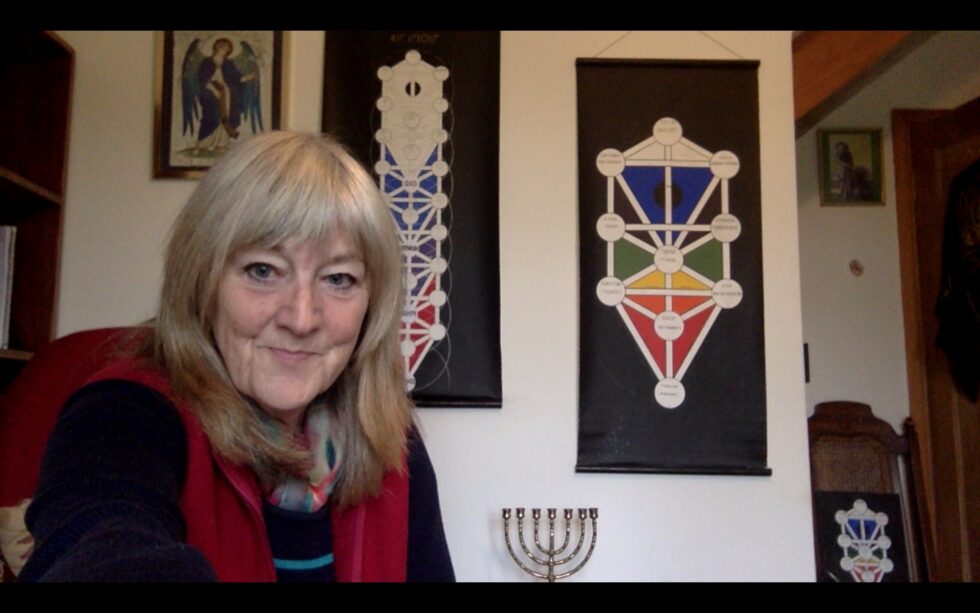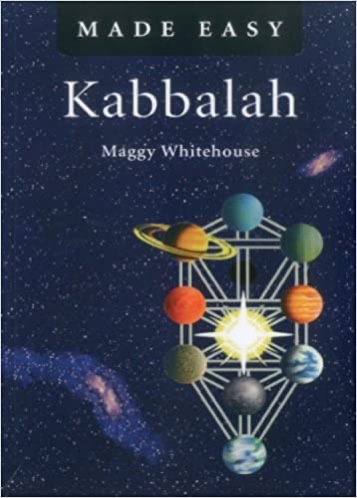Kabbalah
The Heart of Judaeo-Christian Mysticism
Kabbalah is a Hebrew word meaning “receive.” If you walk into a hotel in Israel you might well see the word “Kabbalah” directing you to the reception area. This is a lovely irony because many people over centuries have tried to make Kabbalah complex, secret and forbidden when it was originally intended to be a roadmap showing us our path in life.
This ancient mystical tradition is based on a structure called The Tree of Life. Most people equate Kabbalah with Judaism but this diagram is a universal matrix that can help us to understand the relationship between God, the Universe and the humanity whatever our religion or system of belief.
The only thing required to study Kabbalah is a belief in a Higher Power.
Why Would You Be Interested In Kabbalah?
Maybe you would like to be able to experience the difference between your ego or ‘false self’ (tribal mind/repetitive habits), your true self (who you truly are and the seat of free will) and your soul (the place of destiny. Maggy calls it ‘the kiss between Heaven and Earth’)
Maybe you would like to understand the relationship between Divinity, Humanity and the Universe?
Maybe you would like a strong, non-denominational foundation for faith which helps you understand the heart of previously-incomprehensible religious texts?
Maybe it is simply calling to you?
Kabbalah is called the Western mystery tradition because it is the esoteric teaching behind the three Abrahamic religions of Judaism, Christianity and Islam. Much Kabbalistic Teaching can be found in both the Old and New Testaments of the Bible and in the Talmud, the Jewish commentary on Torah. Once understood, Kabbalah can be used to make these apparently obscure teachings much clearer.
However, Kabbalah is not a religion; it is a tool to help us in our path of self-realisation and spiritual development whether we choose to use the Bible or not.
Kabbalistic spiritual practices worldwide include:
- Painting the Tree of Life as a mandala.
- Contemplative meditation to encounter and heal aspects of our inner psyches.
- Theurgy (sacred magic) of the Angels.
- Astrology
- Understanding the levels of ego, self, soul and spirit.
- Interpreting life and history through the Tree of Life, observing both our own patterns and humanity’s development.
- Discussion, leading to greater understanding and spiritual growth.
Congratulations on getting this far!
Maggy has been studying Kabbalah for more than 30 years and teaching it since 1995. She began studying it (ironically) to try and make sense of Christianity and she discovered that just as the spaces between the notes in music are what gives the melody, Kabbalah is the spaces between the words in both Old and New Testaments of the Bible so it is a wonderful tool for bridging the gap between conventional, New Age and spiritual beliefs.
Kabbalah is an oral teaching passed on by word of mouth and updated for each generation. How it stops becoming Chinese Whispers in the process is because of its unique, basic structure of The Tree of Life which uses a matrix of Divine and human attributes known as Sefirot (Hebrew for “circle”).
Maggy teaches online every Tuesday (it’s a free class!) and leads in-person workshops at her home in Devon and worldwide by invitation. She is the author of five best-selling* books on Kabbalah and teaches it as a tradition of self-knowledge, understanding the nature of the Divine and as a celebration of life.
The Tree of Life is like the skeleton of a mammal. The bones are all in the same order for every beast but the posture and the outer design of each beast is unique even if the differences are very subtle. So whatever the outer appearance, a Kabbalist can always check back to the structure of the teaching. It’s more of a language that resides in the heart than an external system.
Kabbalists often work with the patterns of numbers.
- Ten is refers to the ten circles or Sefirot of the Tree of Life which represent ten different aspects of God, of us and the Ten Commandments.
- Four represents the four levels of being. The Tree is repeated at four levels for the four primary elements of earth, water, air and fire. Ten times four represents a whole cycle of life — a length of time for completing a project or the passing of a generation (think 40 years in the desert or 40 days in the wilderness). Four also represents the four suits of the Tarot
- Twelve is also sacred, representing the ten Sefirot together with the non-Sefira of Da’at — of which more later — and the observer (you). Twelve is also the twelve tribes of Israel and the twelve signs of the zodiac.
- Three refers to the three top Sefirot, known as the Supernal Triad and representing the first attributes of God. From this we get the first idea of Trinity and the concept of One God masculine and feminine aspects.
- Seven refers to the seven lower Sefirot but also to the concept of four plus three (four worlds or levels, three aspects of the Divine). There are seven churches, seven seals, seven spirits, seven trumpets etc. in the Book of Revelation.
- Twenty two refers to the number of letters in the Hebrew alphabet, the number of paths between the Sefirot on the Tree of Life and the 22 cards of the Major Arcana in Tarot.
Used sparingly, the numbers game can be very useful. The Biblical Book of Esther, for example, has ten chapters and describes the growth of the lead character’s soul according to the attributes of the ten Sefirot. However, focusing on the numbers can go on and on and get very complicated. In fact, many would-be Kabbalists get lost in the symbolism of numbers and forget that the system is meant to be for developing the soul rather than advanced mathematics.
*Kabbalah Made Easy is currently Maggy’s most popular book with sales at 6,000+ which qualifies it for the New York Times Bestsellers list. This makes Maggy laugh as her first book, China By Rail sold upwards of 70,000 copies in the 1980s and wasn’t deemed to have sold enough for the intended follow-up South America By Rail to be commissioned. There are now so many books out there that 6,000 is more than respectable in any category.
